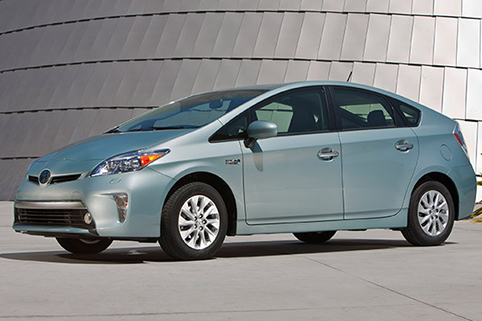David Stairs
I haven’t yet been able to locate a source that estimates the overall number of vehicles that have been manufactured in the last century. In 1950 there were 50,000,000 cars in the world, not necessarily including all of the 16,500,000 Model Ts Ford produced between 1908 and 1927. In 2010 the number of passenger vehicle on the world’s roads passed 1-billion for the first time, figuring among them parts of 23,500,000 Volkswagon Beetles, and 40,000,000 Toyota Corollas. Let it suffice to say, we’ve built a helluva lot of cars since Henry Ford instituted the $5 workday.
With oil prices tanking to under $30 a barrel, car ownership is becoming a reality for greater numbers of people worldwide. China is now the world’s largest auto manufacturer, having produced upwards of 20,000,000 units in 2015. Ironically, car sales in America have declined, while pickup and SUV sales are booming. This closely follows the overproduction of oil, and implies a short-term lack of concern about climate change.

The all-time best-selling American vehicle, the Ford F-150 Courtesy of Consumer Reports
In times of cheap oil, there is little concern for efficiency. The EPA is requiring that car makers’ fleets average 54.5 mpg by 2025. As reported by Henry Payne of the Associated Press on January 8th, 2016, the current American fleet average is 24.7 mpg.
Detroit has responded by manufacturing more hybrids and EVs to earn credits toward the looming goals. Dubbed “compliance vehicles,” some manufacturers, like Chrysler/Fiat, who do not have an EV program, have had to make large investments in government credits to meet the corporate requirements.
EV sales are dwarfed by sales of pick ups, SUVs, and other “vanity vehicles.” In 2015 Tesla manufactured 23,500 vehicles, while Ford sold 740,000 F-series trucks. Of the 35,000,000 F-150s Ford has built since 1948, there are an estimated 14.4 million still on American roads.

The Prius Plug-In has sold 75,000 units in America since 2012, about one-tenth of F-150 sales for 2015
According to the EPA, 2013 greenhouse gas emissions from transportation were only slightly lower than the total for electricity production, 27% as compared to 31%. Since 1990 greenhouse emissions from transport alone have increased 16%, a result of increased travel demand combined with flat or minimal improvements in vehicle efficiency.
In Michigan, where the winter weather has been milder this year, but is still comparatively cold, it is not uncommon to see drivers warming their cars up for long minutes each morning, leaving their cars locked and running while shopping or standing, and spending precious time circling parking lots searching for close-in parking. Notions of convenience and creature comfort almost always trump decisions about efficiency.

Courtesy of occupy.com
2015’s Paris Accord on Climate Change requires the 186 signatory nations to submit plans detailing how they intend to reduce greenhouse emissions by 2030 while keeping an eye on efficiency upgrades beginning in 2020 to be reviewed at 5-year intervals. With 2020, the date American manufacturers are obviously pushing up against, looming just around the corner, I am wondering when, if ever, average Americans are going to tighten their belts and put the future of their children and grandchildren before their own immediate comfort and swag.
Then again, after a century of free-wheeling generally thoughtless excess, this won’t be an easy change to make. It’s gonna take an awful lot of compliance vehicles to offset the number of vanity vehicles clogging American roads.
David Stairs is the founding editor of Design-Altruism-Project.











Leave a Reply
You must be logged in to post a comment.